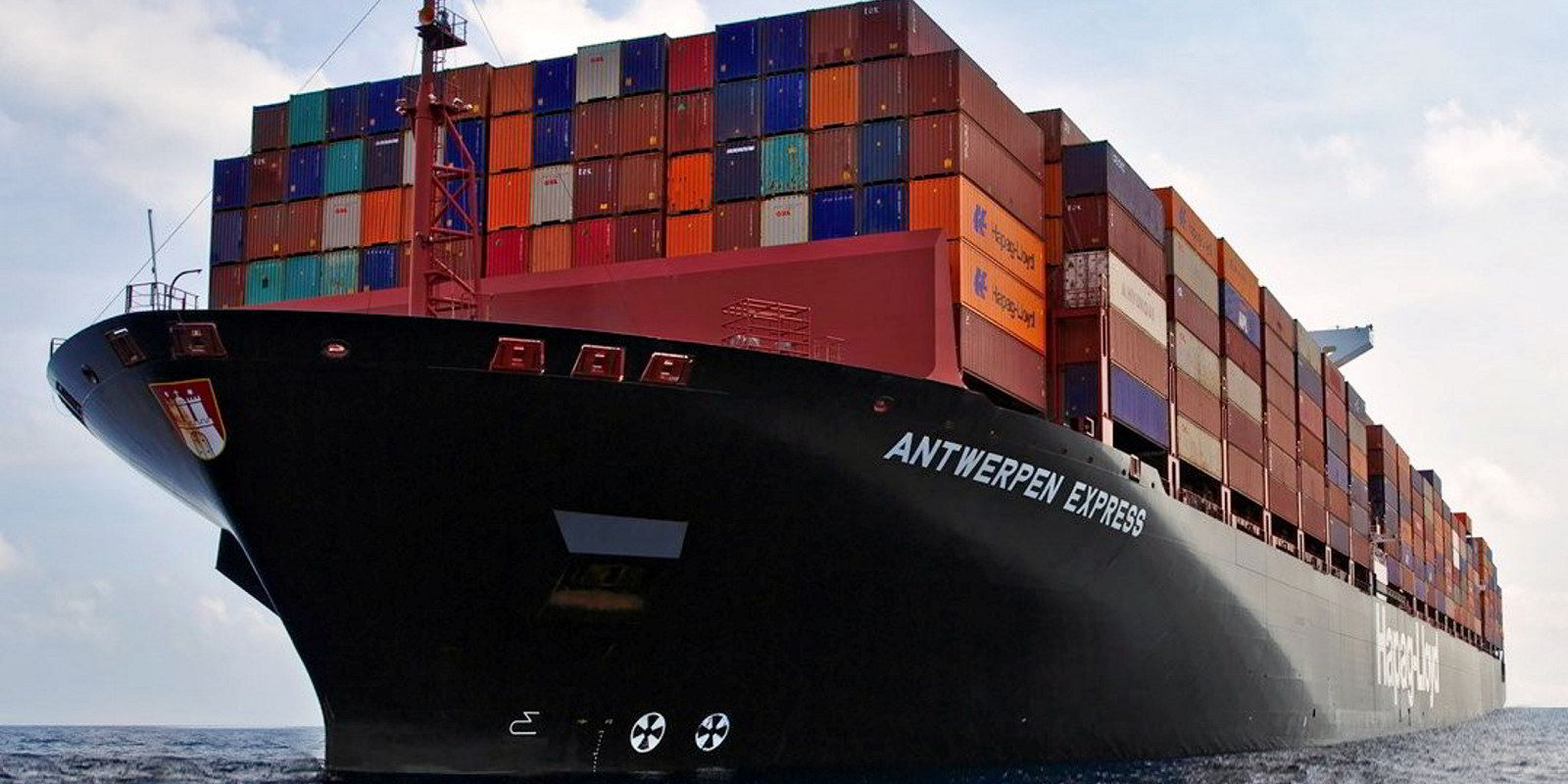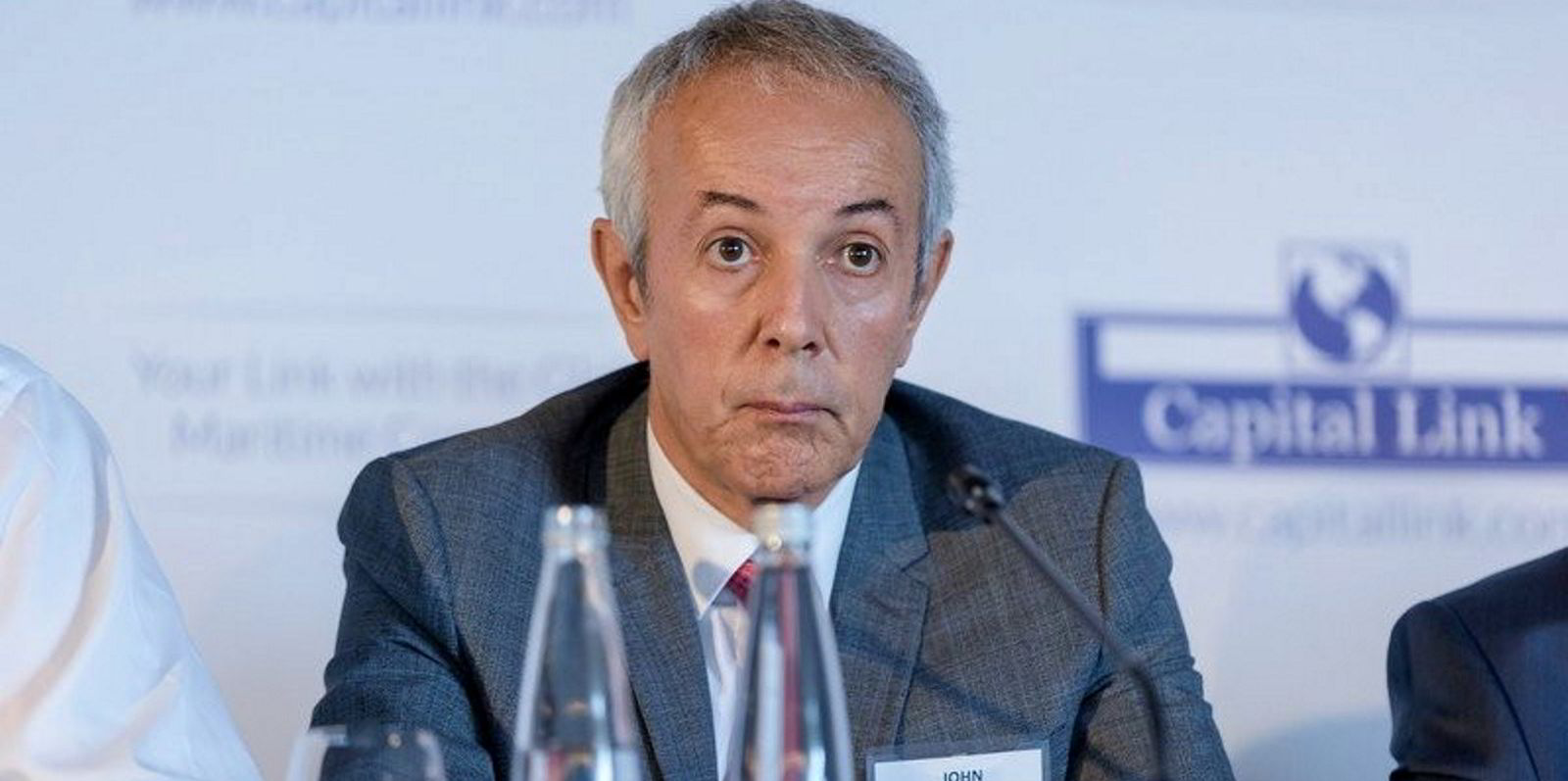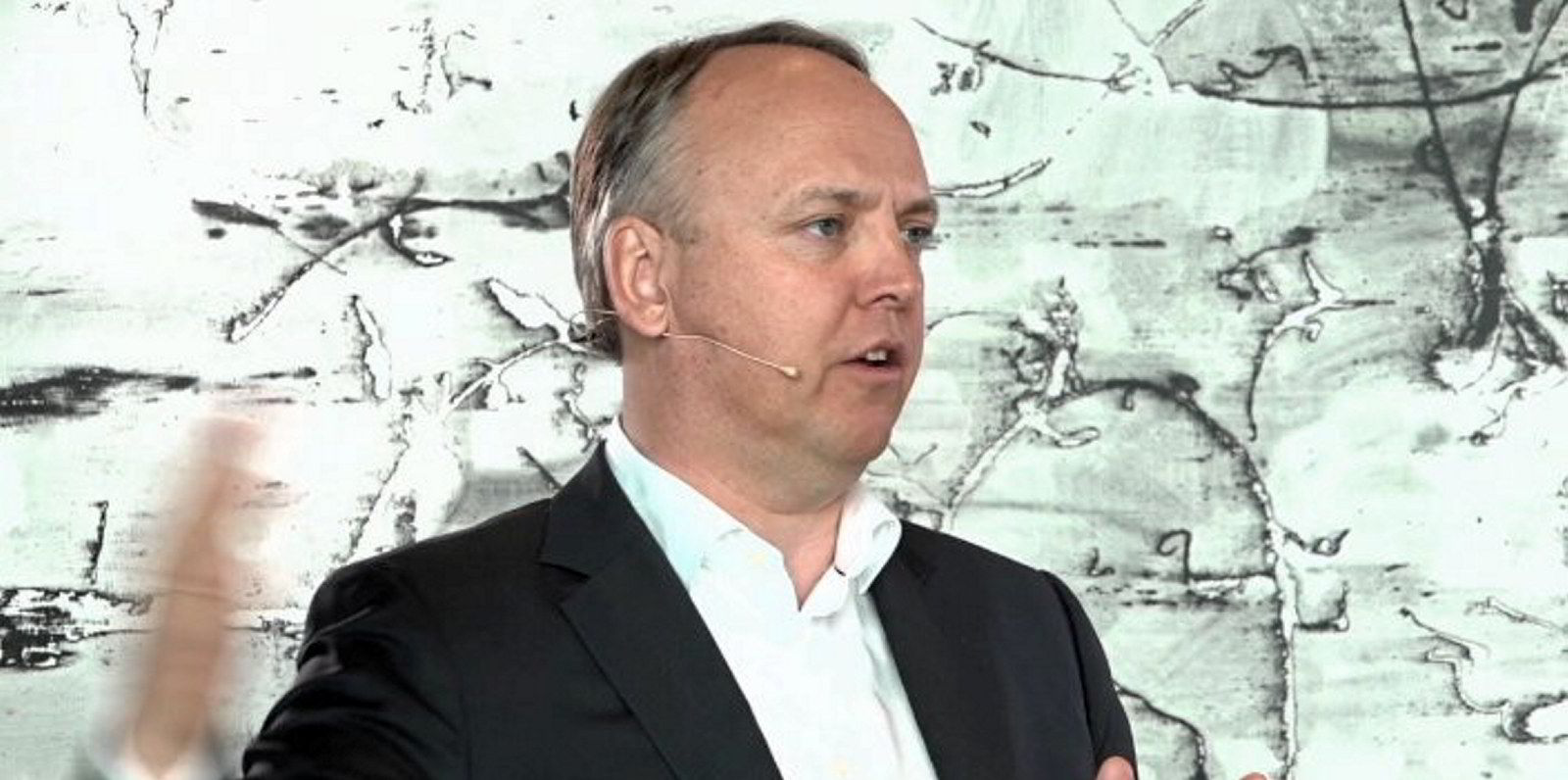New York Stock Exchange-listed Zim saw profits increase by 50% in the second quarter, despite mounting evidence of easing volumes and falling freight rates.
The Haifa-based carrier reported net income of $1.34bn for the three months to the end of June.
The stunning performance — up from $888m in the same period last year — was mainly due to surging freight rates.
Average freight rates rose 54% to $3,596 per teu in the quarter. That was more than enough to compensate in a 7% dip in volumes to 856,000 teu.
The strong freight rates lifted revenues by 44% to $3.43bn.
Operating income rose to $1.76bn, up from $1.16bn in the same quarter last year.
The company said that was despite increasing costs, primarily vessel chartering and bunkering costs.
Turned a corner?
While volumes and freight rates remain at historically high levels, both have trended down this year.
The company said average freight rate in the first quarter was $3,722 per teu and volumes were 1.71bn.
“Over the past several weeks, we have seen a gradual decline in freight rates, including in the transpacific trades, despite continued port congestion and resilient demand, driven by macro-economic and geopolitical uncertainties,” Zim chief executive Eli Glickman said.
He added that the company would deal with the challenges by focusing on its core strategy and strengths.
“Our global niche approach is centred on successfully identifying attractive growth opportunities and adjusting our fleet size dependent on changing market conditions,” he said.
“A prime example of this has been the growth in our car carriage activities, growing from one vessel operated two years ago to 10 car carriers today.
“We believe that this approach will continue to serve us well as the market is expected to normalise from peak levels.”
Dividend hiked
Glickman remains confident that Zim will report “another year of record earnings and profitability”.
“Despite the backdrop of various challenges, based on our strong performance in the year to date coupled with spot and contract rates that remain highly profitable, we are reaffirming our 2022 guidance,” he said.
Ebitda this year is forecast in the range of $7.8bn to $8.2bn, and adjusted Ebit for the full year of $6.3bn to $6.7bn.
That expectation comes on the back of net income in the first six months of $3.05bn — up from $1.48bn in the first half of last year.
Glickman referred to Zim’s “standout margin”, which meant it was able to hike its dividend payment.
“Due to our conviction in Zim’s ability to earn sustainable long-term profits, we are increasing our quarterly dividend payout from 20% to 30% of quarterly net income,” he said.







